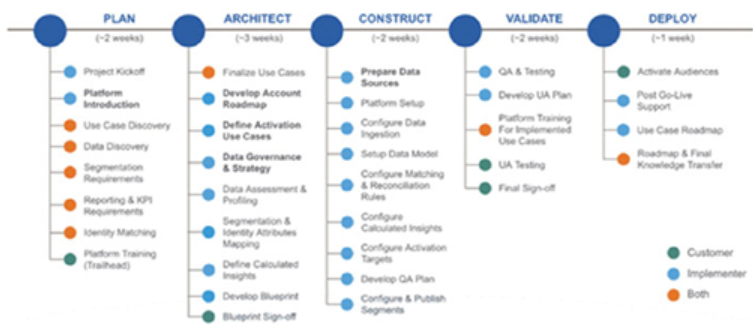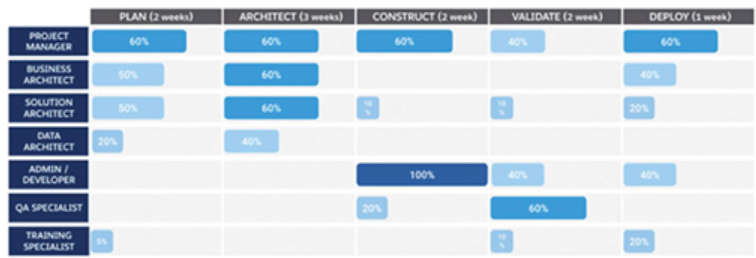This chapter will walk you through the implementation steps for Salesforce Data Cloud. In the previous chapter, we discussed the implementation of a generic CDP. We know there are four phases in the implementation process: discovery, design, build, and deployment. These phases are generic and relevant to any implementation project. Salesforce Data Cloud implementation will also go through the same process. However, we will introduce the Salesforce recommended way of implementing Data Cloud. The concepts are similar with different packaging.
We will not reiterate the planning and preparation process here. Instead, we will jump directly into the steps an admin or a Salesforce Data Cloud engineer needs to take to implement Data Cloud. We will go through the steps in sequence in this chapter. By the end of the chapter, the reader will become familiar with the Data Cloud UI and will be able to undertake Data Cloud Admin tasks. Let us begin.
In this chapter, we will cover the following topics:
- Solution Overview
- Setup and Administration
- Connecting Data Sources
- Data Modeling
- Identity Resolution
- Calculated Insights
- Segmentation
- Activation
Before you begin the implementation, it is important to perform the preparation, discovery, and design phases highlighted in the previous chapter. We can start the build or configuration phase after concluding these phases.
Note: Salesforce Data Cloud is now known as Salesforce Customer Data Cloud or Data Cloud.
You can refer to the timeline in Figure 6.1, recommended by Salesforce to implement the Data Cloud.

Figure 6.1: Timeline for Data Cloud implementation
If we map the Salesforce recommended phases to the phases we proposed, it will look like this:
- Plan = Discovery phase
- Architect = Define and design phase
- Construct = Build phase
- Validate = Build phase
- Deploy = Deployment phase
In Figure 6.2, you can view the different roles and their requirement in the various phases of the project.

Figure 6.2: Resources and their requirement in the different phases of the implementation

